Is your organization unsure how to express its support for diversity to its employees, applicants, and customers? Perhaps, at this point, your executive team has delayed saying anything at all – which sends its message. Moving forward and creating communications is important versus doing nothing at all. However, preparing a diversity statement without commitment and forethought will be seen as “just for show.”
Here are some preparatory steps to help you craft your message, as well as some warnings about mistakes that can be made in messaging employees.
#1 – Get Educated
Before you get started, understand what your employees are thinking. Consider how much time you have spent intentionally listening to your employees’ thoughts on this topic, as well as how much time you have spent listening to outside perspectives. Those outside perspectives could be your future applicants and customers.
Your organization’s leaders may have had limited connections with people who are not like themselves. For example, most of their mentors, mentees, friends, families, and close colleagues may be similar to them.
Promoting diversity can feel to some leaders like a criticism of them or the company. It can put leaders in an uncomfortable place where they may feel defensive, angry, or guilty.
If this is the case, they may need to learn more about diversity before proceeding.
While diversity may not be meaningful to individuals whose race, gender, or religion is highly represented at the executive level, it is incredibly relevant to others. To understand your employees and customers and lead with their interests at heart, it is essential to educate leaders on some of the systemic effects their staff and customers feel.
Start listening to other voices and learning more about the situation. Your diversity and executive teams might devote a few hours each week or month to begin learning about the topic. We offer many educational and support elsewhere in our diversity toolkit to get you started.
Understanding different perspectives will help you deal with employee concerns and prevent leaders from going into “defense” mode when they hear opinions that make them uncomfortable.
#2 – Self Reflect (as a company)
Consider the following questions and whether you need to address them in your communication:
- How robust is your diversity program? Do you have a diversity committee?
- Do you do robust diversity training or “check the box”?
- What do you specifically do to support your black employees? Your female employees? Employees of different religious backgrounds (or no religious background)?
- Have “out of line” comments or activities been permitted out of a desire to avoid conflict?
- How many minority or female executives do you have?
- How many minority or female managers do you have?
- How integrated are your teams – are all minority employees in one particular department?
- Do you see integration in your break areas, lunch areas, etc.?
- Do you support or have you allowed jokes that are off-color or offensive as “friendly banter”?
#3 – Consider asking your employees
A simple way to start the conversation about where you go from here is to ask employees what they think, perhaps by surveying them. Do leaders show a supportive attitude toward diversity? What could our organization do to enhance your feeling of support and community? Do you feel you can be yourself at work? What would you like us to know?
Outside firms can do surveys to preserve anonymity. Focus groups or listening sessions may be appropriate for companies with more robust diversity initiatives.
#4 – Be thoughtful about your commitments
Responding emotionally without thought or promising things you do not deliver on is a sure way to frustrate your employees. Start the conversation slowly; listen. After you learn more, you can begin discussing and planning if your organization needs to make changes.
As with any program, it is better to have a regular meeting committee with an action plan to ensure that progress continues. Minorities in companies advertising diversity as the next big initiative often state that they have “been down this road before” and “nothing has changed.”
#5 – Be honest and be yourself
Your company has its mission, vision, values, and standards of behavior. As an executive team, discuss these and decide how racial equity fits into your company – your customers, mission, values, etc. This ensures that your message is relevant, on-target, and not seen as a carbon copy of every other company’s response. This also may be when you want to consider changing your core values of respect for others, and diversity is not included.
Bear in mind the following ways that your message can go wrong:
- You don’t respond at all: If you do not respond to concerns or outside events, you signal to your employees that you do not care about diversity.
- You add the word “but” in the middle of a support message: This often happens when employers try to create a dual message on a complex topic. For example, “We support protestors, but we also support the police.” You do not need to dilute your message by stating the obvious. For example, “We support the peaceful protesters searching for fairness and a better world” is a clear and undiluted message of support.
- You tell your employees not to talk: You will have to address the bad apples who take discussions too far, but it is important to foster understanding and learn from one another. Continued silence and “trying to all get along” will not move your company forward or make people feel supported. If employees are attacking one another, take them aside and remind them of your core communication values. For example, Discussions should be respectful, kind, and focused on listening and understanding, not condemning others’ beliefs.
- You over-compensate: Having giant meetings or having your HR Manager visit each “diverse” person individually is inappropriate. Some employees may feel uncomfortable or emotional. Be gentle in your approach, encouraging conversations in a non-confrontational way. Surveys, invitations (not requirements) to participate in discussion groups, or offering employees the opportunity to share their thoughts are all great options. Consider getting an impartial outside consultant who can listen to employees without reacting defensively.
- You fail to address issues within your company: If you have one minority executive and one female manager and have hoped nobody noticed, you can be sure that is not the case. Your employees know when you are not doing anything to promote diversity, so don’t make false claims. Be honest. Your employees will appreciate it, and it will build trust. You can state that you understand the frustrations with the lack of diversity at the top level of the organization and that you are working on a solution to address that over time. You can add that you will ask employees to be involved on a diversity task force to confront this and other issues.”
#6 – Keep it brief, authentic, and realistic
Look forward to where you want to be as an organization. Your DE&I statement should hold a mirror up to your organization’s culture and then project it to a future state. What is it going to take to get there?
If you are a small organization just thinking about diversity, your statement is just a few steps in the right direction:
“We are committed to listening, learning, and education as we work to make all our staff feel included and respected in the workplace.”
If you have a non-diverse leadership team, a wide range of employees, and ongoing frustration about the company culture, you may need a stronger message:
“We are committed to thoroughly investing in a culture where policies and programs are designed to prevent unintentional bias and where a commitment to diversity is central to company training, benefits, compensation, and wellness programs.
If you are a proudly diverse organization with a vibrant DE&I practice already, your message may be more celebratory:
“Our organization will thrive through diversity, honoring and respecting each other’s differences. This will be a core tenet of each step we take together.”
As an organization, your weaknesses are often revealed not by what you do but by what you do NOT do. Your views as an organization may need to be developed. Perhaps your company has never needed to address areas other than productivity and profit. Is that still OK in today’s world? The answer for companies trying to find the best talent and expand their customer base is no. Many companies are very vocal in supporting diversity and other social reforms. Your employees and your customers can choose to go there instead.
This does not mean that as a small or family-owned company, you have to espouse causes that you do not believe in or are irrelevant to you, but diversity is too big of a topic to ignore. So, take the initiative to decide what your organization needs to say on diversity, specifically with relation to your company’s past and current state, mission, and values.
Your company has the unique opportunity to use communication on this topic to build bridges, trust, and commitment to your organization, so don’t miss this chance to connect with your staff.
Written by a Catapult HR Advisor

